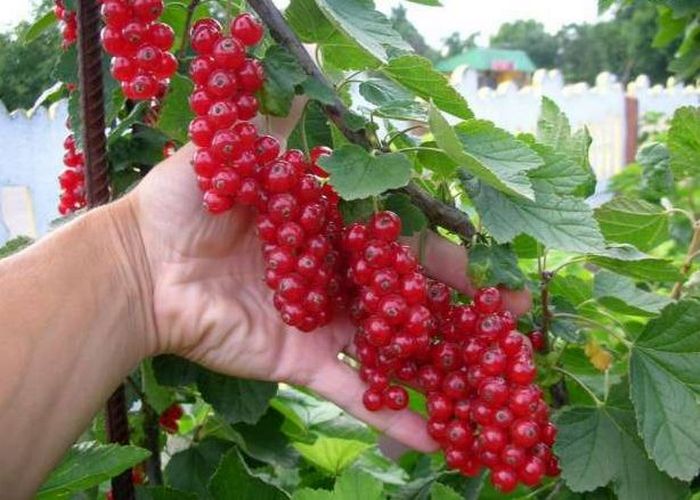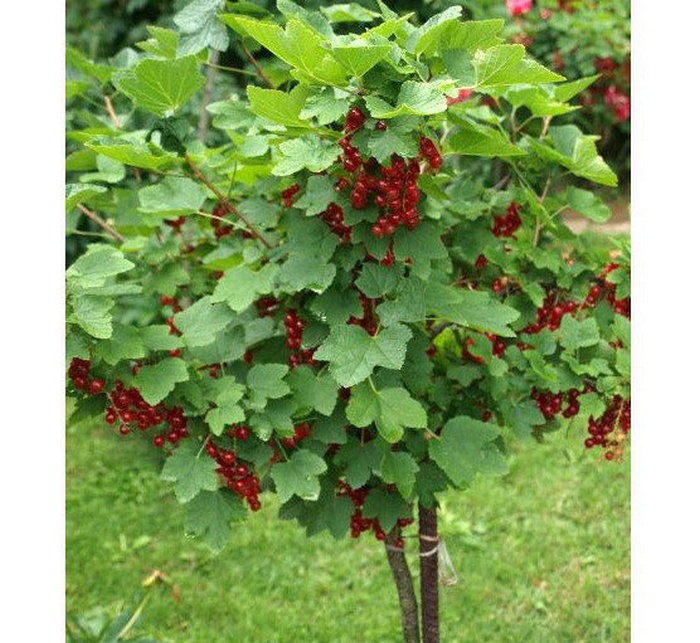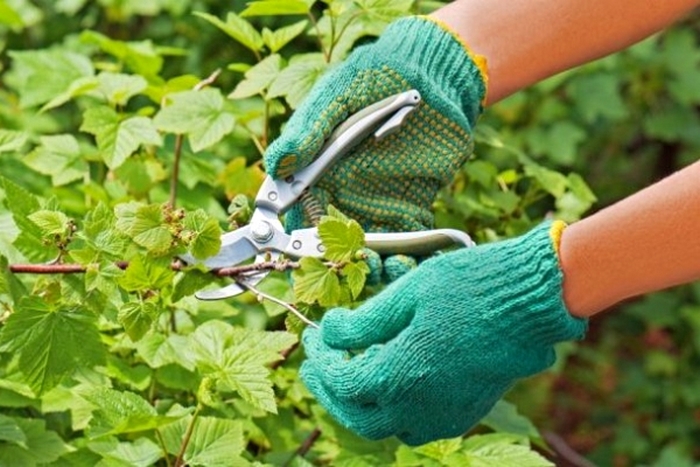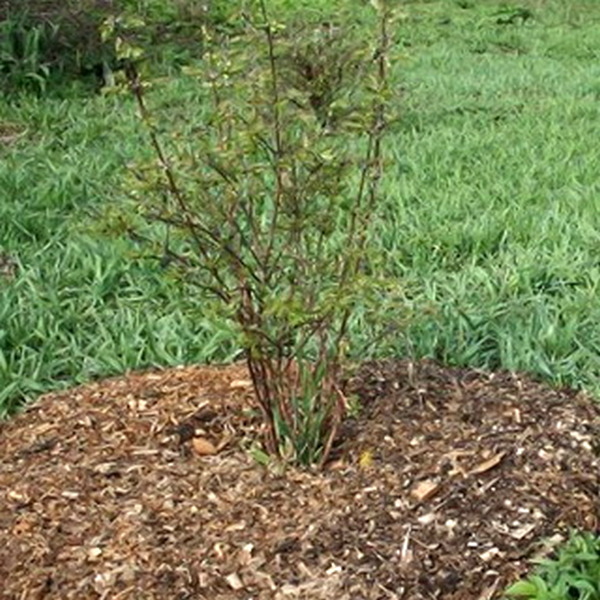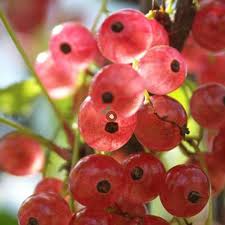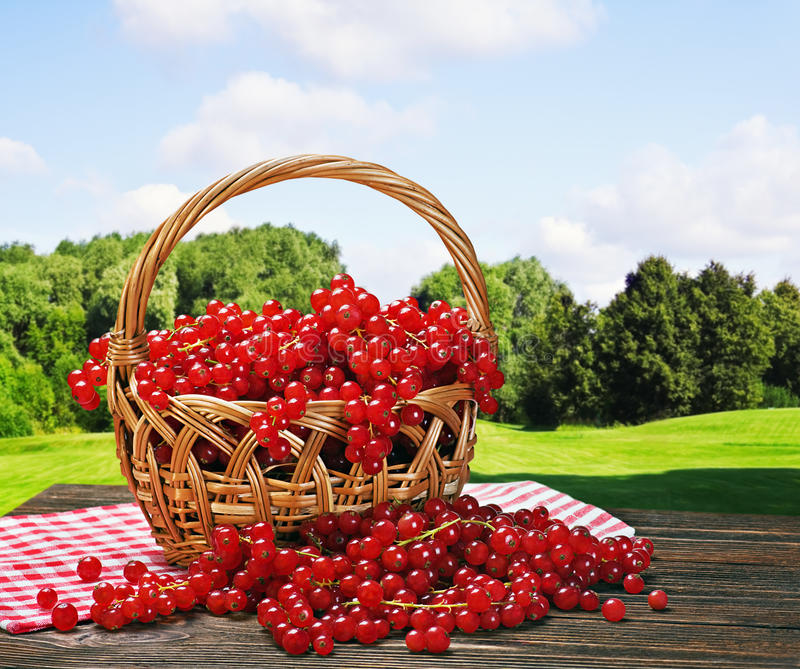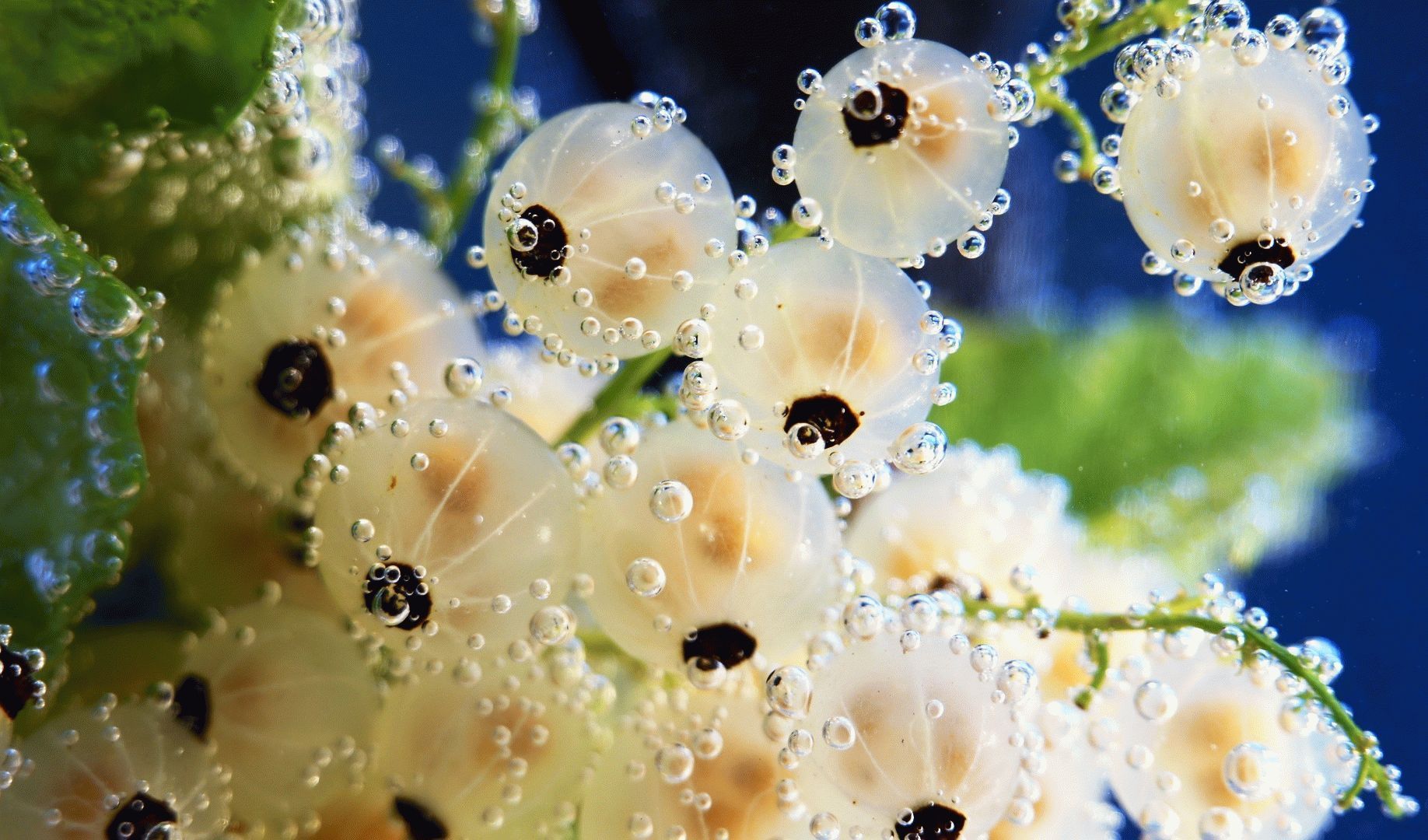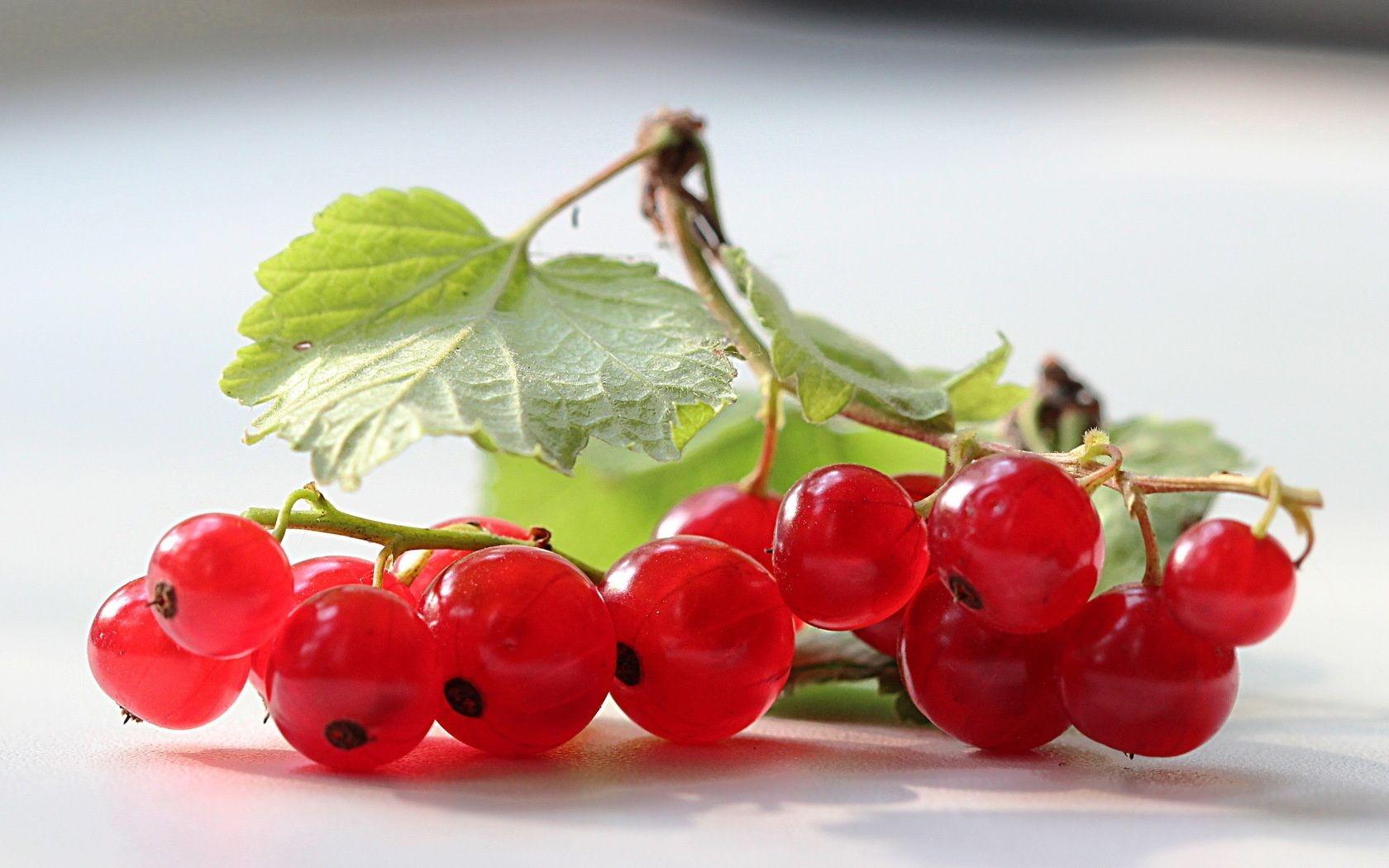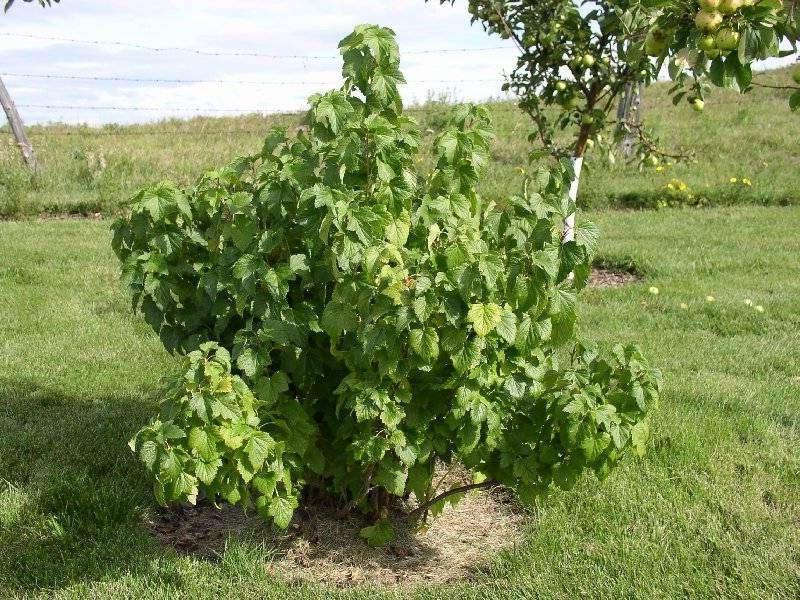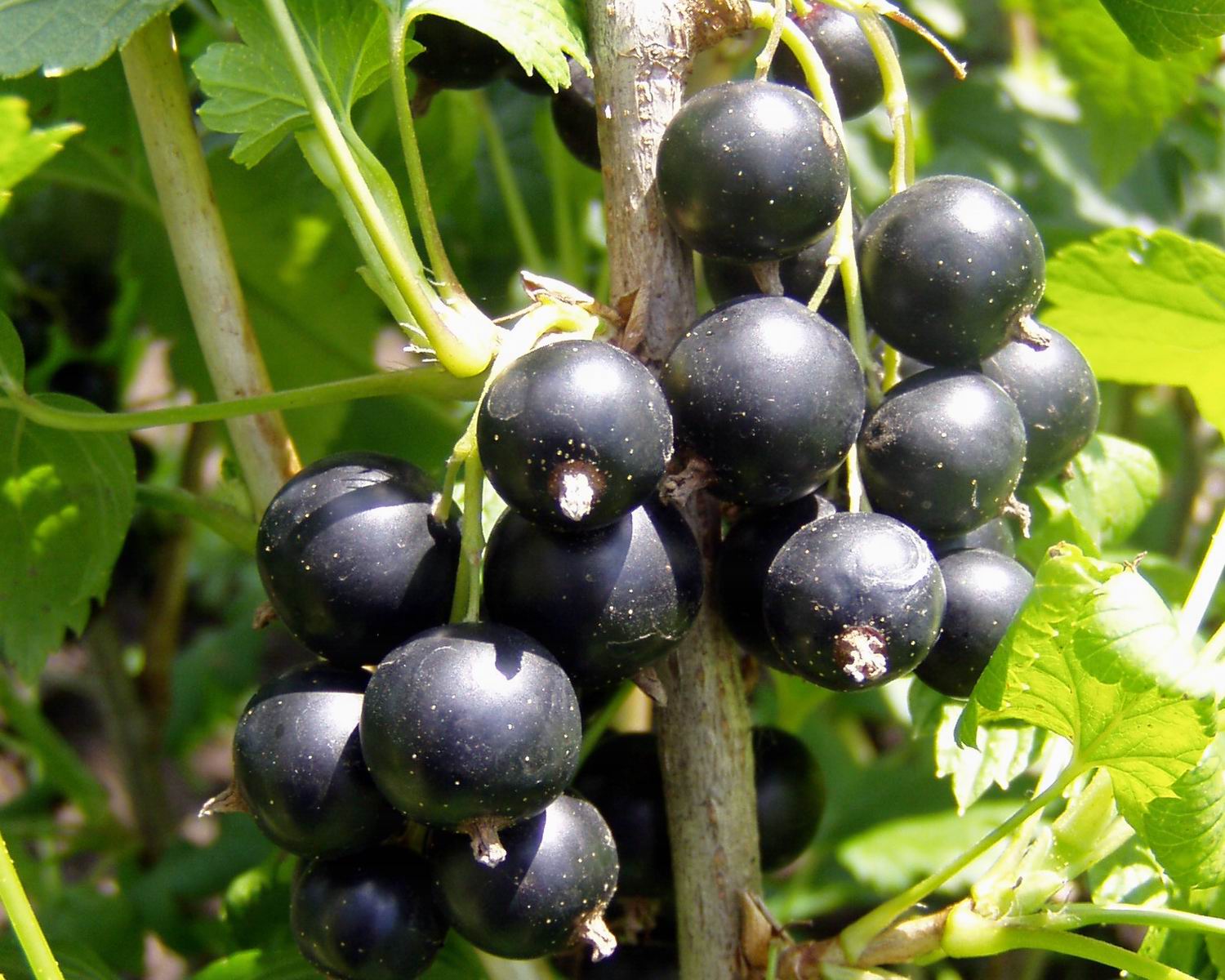Content:
Rovada currant is the best variety for gardening lovers. It has a high yield and is therefore beneficial for commercial purposes. The plant was bred in the Netherlands (Holland) in 1980.
Description of the currant variety Rovada
Productivity. Rovada red currant high-yielding. With skillful shaping and care, from 7 to 10 kg of fruits are collected from one adult bush, such a yield remains for 20 years. The first 4 years fruiting is maximum, in the future the yield depends on the actions of the owner.
Stability.Calmly tolerates severe frosts - up to -34 degrees Celsius, is resistant to dry weather and is not subject to infection with diseases inherent in these plants.
Berries and leaves.The berries are red, large, have a sweet and sour taste, dense. Each berry weighs 0.6 to 1 gram. On the brush grows 16-20 pieces, the bunch is long, from 12 to 20 centimeters.
The leaves are wrinkled, dense, five-lobed, have a dense base and a pronounced dark green color. Lateral foliage is short, slightly drooping, with sharp jagged edges.
Hive parameters.The average height is 1 meter 75 centimeters. A stalk of this size reaches five years after planting. With timely mulching and proper care, the bush will yield a crop for 20 years.
Ripening period.The fruits are ready to eat from mid-June to mid-July. The ripening process is influenced by the climate and the region; on average, fruiting lasts one and a half months. Barren flowers are absent, and this distinguishes the variety of this currant from other varieties.
Agricultural technology and care.Rovada red currant variety has a similar agricultural technique with other types of this berry. But since the fruits of this variety have individual characteristics, they are used for sale, then there are some specificity and peculiarities of growing, forming and planting.
Fundamentals of agricultural technology
It is necessary to plant a currant seedling in autumn or spring. Only during these periods does the plant quickly take root, the probability is 90 percent. Rovada should be planted on moist soil, the place should be sheltered from drafts and strong winds, but at the same time it should be fully illuminated by the sun's rays. Although this varietal type is frost-resistant, these nuances must be taken into account when planting and take the time to find the right site.
The pruning is pre-soaked in water for five hours before planting. It is important to omit only the root part, not the entire shoot. Then the whole root is placed in the prepared hole, it is inserted at a slight slope. The depth of the fossa should be 8 cm. Row spacing must be observed, the minimum distance is one and a half meters.
Red currants are watered abundantly after planting. In the future, the bush needs to be fertilized with sawdust or peat, this will accelerate growth and allow maximum moisture content near the root system.
Rovada reproduces in several ways:
- by division;
- vertical layering;
- horizontal segments;
- green cuttings.
The vertical breeding method is widely used.For this, the currant bush is bent over to the soil itself, added dropwise, and in the month of July new cuttings are spud. In the autumn, young shoots are planted separately.
Rovad currant is attacked by gall aphids and parasites. Red bubbles appear on the leaves. To get rid of aphids, the plant is sprayed with Karbofos or Topaz solution.
Carrying out pruning and mulching
Pruning is mandatory if the fruits are intended for sale. Forming involves removing the lower branches. This procedure allows you to eliminate thickening, maintain the volume and length of the bunch, the size of the fruit and increase the rate of fruiting. In large gardens, this approach makes it easier to harvest the fruit after ripening.
Every year, gardeners leave two orders of shoots on the site. It is necessary to prune only if the bush has reached the age of 4 years. By the age of six, the currant is considered an adult; now, shoots from 7 to 9 pieces remain, regardless of age and height.
The basic principle is to crop earlier, collect more. Cutting off the lower tier of the bush will promote vigorous growth. If pruned incorrectly or too early, the brushes will become short and the fruits sour and small.
Root zone mulching is carried out to protect the root from overheating and to ensure the soil is loose. In the first months of spring, currants are processed with urea or saltpeter for bait (you should be careful about the proportions). The same manipulation is carried out during the period of setting and flowering, only now it is worth adding calcium, phosphorus, nitrogen and potassium to the top dressing. In the autumn period of time, currant bushes are mulched with humus.
Positive and negative sides
Each plant variety has its own advantages and disadvantages. Positive sides of Rovada red currant:
- Great fertility. Used commercially in Norway, Russia, Poland, Ukraine and the UK;
- High quality berries, suitable bunch length;
- Pleasant sweet and sour taste and presentable appearance;
- Useful properties of the fruit - used not only for culinary, but also for medical purposes.
Negative sides:
- The branches grow rapidly, which leads to thickening. Requires constant supervision and competent formation;
- It reproduces much worse than other varieties of currants. Cuttings of black varieties take root and take root better. This is a problem with any kind of red currant;
- It is exposed to parasites and aphids, but with timely treatment, this deficiency is easily eliminated.
So, Rovada is a very productive and presentable red currant variety. With the correct planting of seedlings, processing and shaping, the currant bush will bear fruit abundantly for twenty years.
